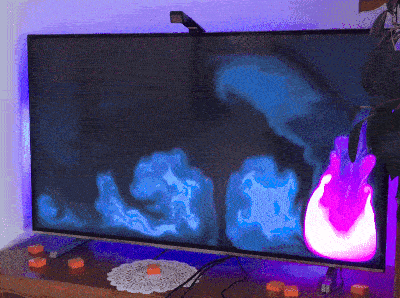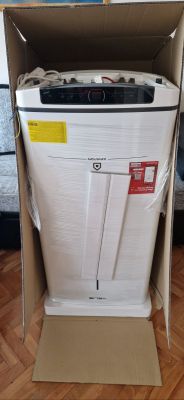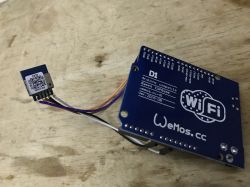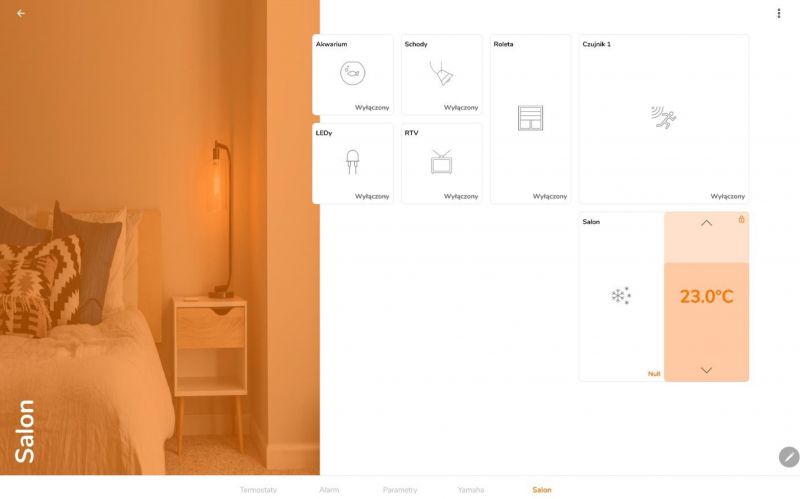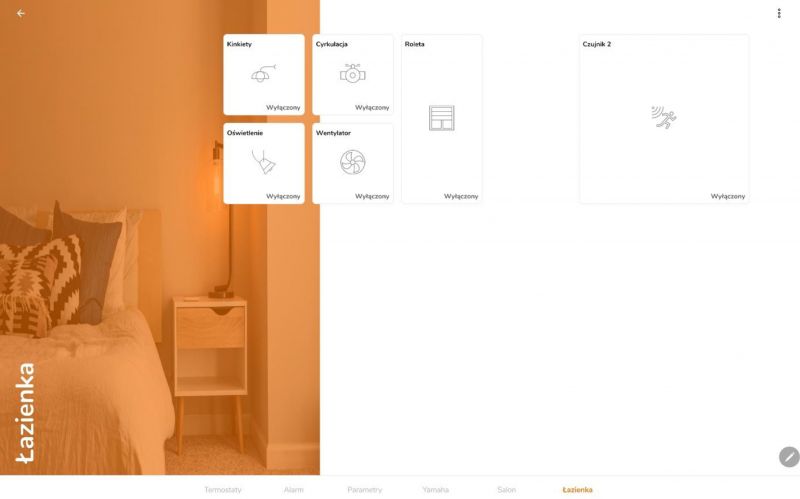We will soon be reporting extensively on the testing of the F&Home smart building system by F&F Filipowski. We have familiarised ourselves with the new release of the system, which is based on new software and the new FOX mobile app. We will present you with our findings from the installation, commissioning and use of the system.
F&Home is a smart building system that has been in development for many years and has so far appeared as F&Home - a wired system and F&Home RADIO - a wireless system. The new software integrates the two systems and provides much greater possibilities for building logic and control through a single mobile app dedicated to Android and iOS.
It should be emphasised that all activities related to the system - from design to production to software writing - take place in Poland and take place at F&F's headquarters in Pabianice.
The new version of the system is new software for servers, and what is important - backward compatibility has been maintained and can also be installed at customers who have been using F&F systems for some time. The software we tested supports DIN2, DESKTOP2 and DEVELOPER servers. A visual layer from NodeRed was used to build the logical dependencies in the system, where the functional behaviour of the building automation is built using blocks. In other words - the installer, in a dedicated configurator, programmes how the system should react to specific events (for example: a button is pressed, motion is detected, a scene is triggered, a programmer, etc.).
All the devices used in the configurator appear automatically in the mobile app and there the customer can use them freely and arrange them in folders - for example, grouping them by theme (heating, lighting, blinds) or by room (kitchen, bathroom, living room, etc.).
.
The system allows remote connection (from anywhere in the world) via the proprietary F&F cloud. This is software that was entirely developed at F&F and is maintained on servers in Poland. The cloud enables a secure, encrypted connection between the mobile application and the system and does not itself participate in this transmission, which makes this solution very secure (potential hacking of the cloud does not give the possibility to control customers' systems).
The servers allow integration with third-party solutions via (depending on the server) CAN bus, ModBus, LAN and wireless transmission with devices manufactured by F&F (all devices of the old F&Home RADIO system). Thanks to integrations, it is possible to extend the system's capabilities using devices from other manufacturers - e.g. full integration with Satel alarms.
Special attention should be paid to wireless devices and the technology used in them. This is F&F's proprietary technology based on its own radio receivers/transmitters operating in the 868MHz band. The solution is based on dual radios mounted in the servers and very effective radios described as LR, or Long Range (long range, up to 350 metres).
In short, the system consists of servers, wired expansion modules, wireless expansion modules, including battery-powered devices.
More information is coming soon - there will be a previously announced comprehensive video of the installation and use of the system. That being said, we have a suggestion for you - post your questions in the comments - what you would like to learn about this system or what topics you would like us to cover in this material.
[Advertising cooperation with F&F Filipowski sp.k.].
F&Home is a smart building system that has been in development for many years and has so far appeared as F&Home - a wired system and F&Home RADIO - a wireless system. The new software integrates the two systems and provides much greater possibilities for building logic and control through a single mobile app dedicated to Android and iOS.
It should be emphasised that all activities related to the system - from design to production to software writing - take place in Poland and take place at F&F's headquarters in Pabianice.
The new version of the system is new software for servers, and what is important - backward compatibility has been maintained and can also be installed at customers who have been using F&F systems for some time. The software we tested supports DIN2, DESKTOP2 and DEVELOPER servers. A visual layer from NodeRed was used to build the logical dependencies in the system, where the functional behaviour of the building automation is built using blocks. In other words - the installer, in a dedicated configurator, programmes how the system should react to specific events (for example: a button is pressed, motion is detected, a scene is triggered, a programmer, etc.).
All the devices used in the configurator appear automatically in the mobile app and there the customer can use them freely and arrange them in folders - for example, grouping them by theme (heating, lighting, blinds) or by room (kitchen, bathroom, living room, etc.).
.
The system allows remote connection (from anywhere in the world) via the proprietary F&F cloud. This is software that was entirely developed at F&F and is maintained on servers in Poland. The cloud enables a secure, encrypted connection between the mobile application and the system and does not itself participate in this transmission, which makes this solution very secure (potential hacking of the cloud does not give the possibility to control customers' systems).
The servers allow integration with third-party solutions via (depending on the server) CAN bus, ModBus, LAN and wireless transmission with devices manufactured by F&F (all devices of the old F&Home RADIO system). Thanks to integrations, it is possible to extend the system's capabilities using devices from other manufacturers - e.g. full integration with Satel alarms.
Special attention should be paid to wireless devices and the technology used in them. This is F&F's proprietary technology based on its own radio receivers/transmitters operating in the 868MHz band. The solution is based on dual radios mounted in the servers and very effective radios described as LR, or Long Range (long range, up to 350 metres).
In short, the system consists of servers, wired expansion modules, wireless expansion modules, including battery-powered devices.
.

System servers
 .
.
Wireless extension modules with CAN bus, mounted on TH-35 rail .
 .
.
Wireless extension modules mounted on TH-35 rail .
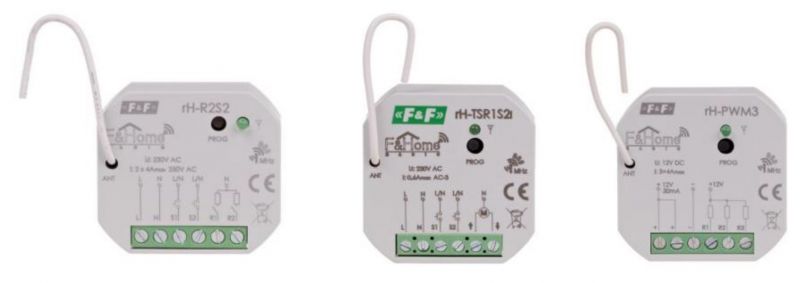 .
.
Flush-mounted wireless extension modules .
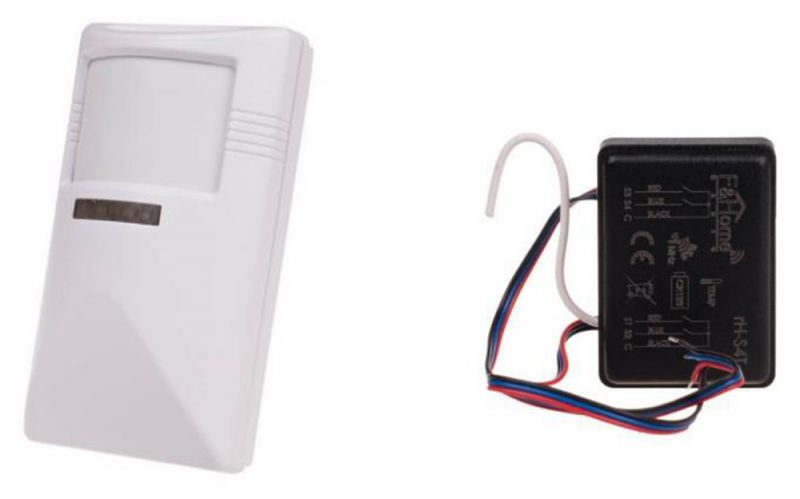
Wireless, battery-powered expansion modules
.

System servers
 .
.
Wireless extension modules with CAN bus, mounted on TH-35 rail .
 .
.
Wireless extension modules mounted on TH-35 rail .
 .
.
Flush-mounted wireless extension modules .

Wireless, battery-powered expansion modules
More information is coming soon - there will be a previously announced comprehensive video of the installation and use of the system. That being said, we have a suggestion for you - post your questions in the comments - what you would like to learn about this system or what topics you would like us to cover in this material.
[Advertising cooperation with F&F Filipowski sp.k.].
Company Account:



